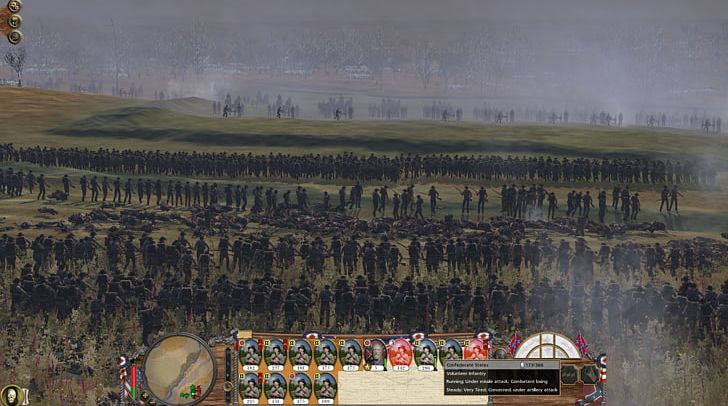
From the later Middle Ages until the English Civil War, when a foreign expeditionary force was needed, such as the one that Henry V of England took to France and that fought at the Battle of Agincourt (1415), the army, a professional one, was raised for the duration of the expedition. It relied on militia organised by local officials or private forces mobilised by the nobility, or on hired mercenaries from Europe. Until the English Civil War, England never had a standing army with professional officers and careerist corporals and sergeants. Lord General Thomas Fairfax, the first commander of the New Model Army Since the end of the Cold War, the British Army has been deployed to a number of conflict zones, often as part of an expeditionary force, a coalition force or part of a United Nations peacekeeping operation. Britain's victories in most of these decisive wars allowed it to influence world events and establish itself as one of the world's leading military and economic powers. The British Army has seen action in major wars between the world's great powers, including the Seven Years' War, the American Revolutionary War, the Napoleonic Wars, the Crimean War and the First and Second World Wars. The British Army, composed primarily of cavalry and infantry, was originally one of two Regular Forces within the British military (those parts of the British Armed Forces tasked with land warfare, as opposed to the naval forces), with the other having been the Ordnance Military Corps (made up of the Royal Artillery, Royal Engineers, and the Royal Sappers and Miners) of the Board of Ordnance, which along with the originally civilian Commissariat Department, stores and supply departments, as well as barracks and other departments were absorbed into the British Army when the Board of Ordnance was abolished in 1855 (various other civilian departments of the board were absorbed into the War Office). The army is administered by the Ministry of Defence and commanded by the Chief of the General Staff. Therefore, Parliament approves the army by passing an Armed Forces Act at least once every five years. Members of the British Army swear allegiance to the monarch as their commander-in-chief, but the Bill of Rights of 1689 requires parliamentary consent for the Crown to maintain a peacetime standing army.

The term British Army was adopted in 1707 after the Acts of Union between England and Scotland. The modern British Army traces back to 1707, with an antecedent in the English Army that was created during the Restoration in 1660. As of 2021, the British Army comprises 82,230 regular full-time personnel and 30,030 reserve personnel. The British Army is the principal land warfare force of the United Kingdom, a part of the British Armed Forces along with the Royal Navy and the Royal Air Force.


 0 kommentar(er)
0 kommentar(er)
